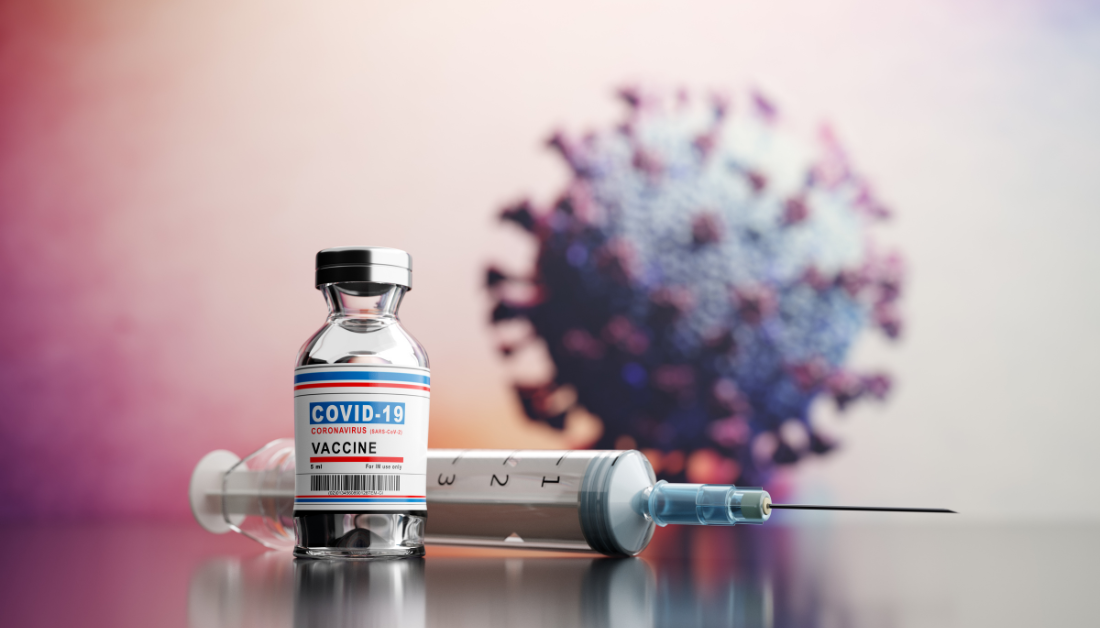

In a recent report in The Lancet Regional Health Western Pacific, researchers compared the immune response, side effects, and safety of giving adults who had previously received the ChAdOx1 (ChAd), BBIBP-CorV (BBIBP), or Gam-COVID-Vac vaccines either a half-dose or a full-dose of the Pfizer-BioNTech BNT162b2 COVID-19 booster.
Background
As the effectiveness of the COVID-19 vaccination declines over time due to decreasing immunity and new virus variations, booster doses have become critical, particularly for highly sensitive patient populations. Countries are progressively giving third and fourth booster shots, which are frequently given with the BNT162b2 vaccination.
Heterologous boosting with BNT162b2 demonstrated higher immunogenicity but higher reactogenicity than homologous boosting in patients previously immunized with vaccines such as ChAd, BBIBP, or CoronaVac. Given its potential to lower reactogenicity and costs, as well as promote vaccination adoption and resilience to supply shortages, fractional dosage, an approach used successfully in other illnesses, is being investigated for boosting.
However, data on the efficacy and reactogenicity of fractional BNT booster doses in varied populations, particularly those immunized with vaccines such as BBIBP or Gam-COVID-Vac, which are routinely used in low- and middle-income countries, is sparse; consequently, additional research is required.
About the Study
The most recent phase III study in Mongolia compared the effects of a half-dose (15 g) vs a full-dose (30 g) of the BNT162b2 COVID booster vaccine in individuals who had previously received two doses of ChAd, BBIBP, or Gam-COVID-Vac. This study was ethically authorized and aimed to follow subjects for a year, focusing on the first 28 days.
The current study included adults who had received their first dose of immunizations for more than six months in various health centers and organizations. All study participants provided written informed consent as part of the inclusion criterion.
Patients were randomly assigned to half- or full-dose groups based on the type of vaccine and the age of the participants. Participants and those in charge of determining reactogenicity were not informed of their group designations until day 28.
Each participant underwent a baseline examination, which was followed by the collection of blood samples, after which participants were given their corresponding booster doses. Participants in the study were watched for immediate reactions and given devices to assess reactogenicity for one week. On days one, seven, and 28, blood samples and health assessments were collected.
The key findings of the study were the seroresponse rate and reactogenicity within 28 days after boosting. Seroresponses were determined by particular anti-spike immunoglobulin G (IgG) levels, and reactogenicity was established by reaction severity. The comparison of geometric averages of antibody levels, as well as any reported side effects, were secondary objectives.
Statistical analysis was performed using Stata software and included both primary and secondary outcomes, as well as corrections for numerous factors.
Study Findings – COVID Booster
Between May and September 2022, 300 participants received the full 30 g dose, while the remaining 301 received half of the 15 g booster dose. The study cohort’s median age was 44 years, with almost 40% of those over 50 years old, which is indicative of the Mongolian community. Between the second and third dosages, the median gap was 428 days.
Individuals who got the half-dose had fewer local and systemic responses than those who received the full-dose. There were fewer cases of discomfort, soreness, fever, vomiting, diarrhea, headache, exhaustion, joint pain, and muscular pain, to name a few. Within seven days of vaccination, both groups had modest grade three and four reactions.
In terms of immunogenicity, 84.7% and 86.6% of half-dose and full-dose recipients, respectively, showed a seroresponse. The difference in seroresponse between the half- and full-dose groups was within acceptable limits, demonstrating non-inferiority. However, in Gam-primed participants, the reaction was slightly lower in the half-dose group.
The geometric mean ratio (GMR) of anti-spike IgG levels on day 28 between the half- and full-dose groups was 0.94. This was similar in the ChAd- and BBIBP-primed groups, but lower in the Gam-primed group in the half-dose arm. This pattern was consistent across age and body mass index (BMI) groups.
An exploratory study revealed that those with lower baseline IgG levels responded better to the booster dosage, which was notably noticeable among Gam-primed half-dose users. Pre- and post-boosting neutralizing antibody levels against the Wuhan-Hu-1 virus strain were high in both dosage groups and across all priming schedules. After boosting, neutralizing antibodies against the Omicron B.1.1.529 variant increased similarly.
Adverse events (AEs) and serious adverse events (SAEs) were comparable between groups, with no SAEs linked to the study vaccine. There were no differences between the research arms in terms of the frequency, severity, or duration of AEs.
For more information
Batmunkh, T., Moore, K. A., Thomson, H., et al. (2023). Immunogenicity, safety, and reactogenicity of a half- versus full-dose BNT162b2 (Pfizer-BioNTech) booster following a two-dose ChAdOx1 nCoV-19, BBIBP-CorV, or Gam-COVID-Vac priming schedule in Mongolia: a randomised, controlled, non-inferiority trial. The Lancet Regional Health Western Pacific. doi:10.1016/j.lanwpc.2023.100953
more recommended stories
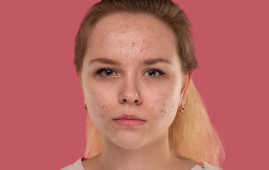 Antioxidants: Impact on Quality of Life in Acne Vulgaris
Antioxidants: Impact on Quality of Life in Acne VulgarisA recent study published in the.
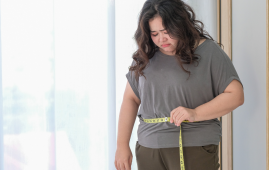 Brain Pulsations Linked to High BMI
Brain Pulsations Linked to High BMIAccording to a new study from.
 Brain Age Estimation: EEG Advancements in Neurology
Brain Age Estimation: EEG Advancements in NeurologyTo estimate brain age using EEG.
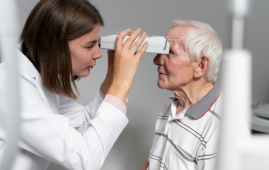 Retinal Neurodegeneration in Parkinson’s Disease
Retinal Neurodegeneration in Parkinson’s DiseaseBy measuring the thickness of the.
 Role of Engineered Peptides in Cancer Immunotherapy
Role of Engineered Peptides in Cancer ImmunotherapyIn a recent publication in Nature.
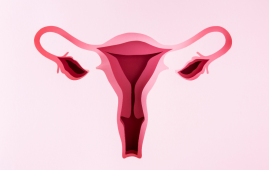 Neoadjuvant Chemotherapy Boosts Ovarian Cancer
Neoadjuvant Chemotherapy Boosts Ovarian CancerDuring the COVID-19 pandemic, US women.
 Nutrient Optimization: Vitamin D for Health
Nutrient Optimization: Vitamin D for HealthResearchers addressed the prevalence of vitamin.
 AD and Headache Disorders: Recent Findings
AD and Headache Disorders: Recent FindingsAtopic dermatitis (AD) patients may be.
 Myasthenia Gravis Treatment: Eculizumab & Ravulizumab
Myasthenia Gravis Treatment: Eculizumab & RavulizumabA recent study found that myasthenia.
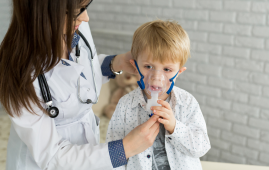 Eosinophilic Asthma Treatment: FDA Approves Benralizumab
Eosinophilic Asthma Treatment: FDA Approves BenralizumabAccording to a news release from.

Leave a Comment